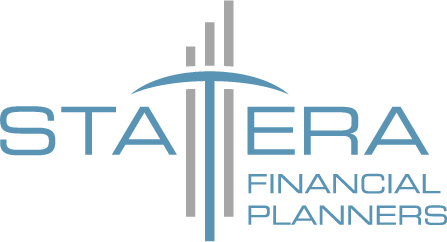Smart Strategies for Charitable Giving

Smart Strategies for Charitable Giving
Effective charitable giving strategies can maximize tax benefits while supporting important causes. This article explores timing donations for optimal advantages, various contribution types including cash and property, and combining donations to enhance tax credits. By understanding these approaches, donors can make informed decisions about their charitable contributions, potentially reducing capital gains and increasing overall tax efficiency.
Timing Your Donations for Maximum Benefits
Strategic timing of charitable donations can significantly impact tax benefits under common law jurisdictions. Donors may consider aligning their contributions with their annual budget and income fluctuations to maximize the donation tax credit's value.
Year-end giving offers an excellent option for optimizing tax advantages, as donors can assess their financial situation and make informed decisions. Some charities provide the convenience of email or mail donations, allowing contributors to time their gifts precisely for maximum tax efficiency.
Exploring Different Types of Charitable Contributions
Charitable contributions extend beyond cash donations, offering diverse options for giving. Donors can contribute stocks, mutual funds, or other securities, potentially benefiting from tax advantages while supporting their chosen causes. These non-cash donations often provide additional tax benefits, especially in provinces like Alberta, where specific tax rates apply.
Property donations, including real estate and valuable assets, represent another avenue for charitable giving. The fair market value of these contributions can significantly impact tax credits, making it essential for donors to understand the relevant laws and regulations. Consulting with financial advisors can help individuals navigate the complexities of non-cash donations and optimize their giving strategies.
Combining Donations for Enhanced Tax Credits
Combining donations from multiple years or family members can enhance tax credits for philanthropists in Canada. This strategy allows donors to surpass the $200 threshold for higher credit rates, potentially increasing their overall tax benefit. By pooling contributions, individuals can optimize their Canada pension plan and insurance strategies while maximizing their charitable impact.
Donors should consider the market value and cost of their combined donations when implementing this approach. Careful planning and documentation are essential to ensure compliance with tax regulations and maximize the benefits of combined giving. The following steps can help optimize combined donations for enhanced tax credits:
- Track donations made throughout the year
- Coordinate with family members to pool contributions
- Consider carrying forward donations to future tax years
- Consult with a financial advisor or accountant to optimize tax benefits
Claiming Your Donation Tax Credit Effectively
Effectively claiming donation tax credits requires careful attention to documentation, avoiding common pitfalls, and following a structured filing process. This section explores essential paperwork for charitable contributions, potential mistakes when claiming credits, and a step-by-step guide to filing. Understanding these aspects helps donors maximize their tax benefits while supporting important causes, whether through traditional charities or innovative platforms like Charity Navigator.
Key Documentation You Need to Claim Your Credit
The Canada Revenue Agency requires specific documentation for individuals to claim their donated tax credit effectively. Official donation receipts from registered charities or qualified donees are essential, containing details such as the donation amount, date, and the organization's registration number. These receipts serve as proof of contribution and are crucial for employment-related charitable giving programs.
Additional documentation may be necessary for non-cash donations, including appraisals for property or securities. Donors should maintain records of all charitable contributions, including those made through journalism or trust-based initiatives, to ensure accurate reporting and maximize their tax benefits. Proper record-keeping facilitates smoother interactions with the Canada Revenue Agency during the claims process.

As financial planners, we do not provide specific tax and legal advice. You should always consult your accountant and/or lawyer where necessary. Because of the many ways a strategy may be impacted when segmented, we prefer to communicate collectively with your external professionals to ensure that all recommendations and action plans are in the overall best interest of you, with your professionals working with common goals in mind.
You are never obligated to act on our recommendations of products, services, or advice.
